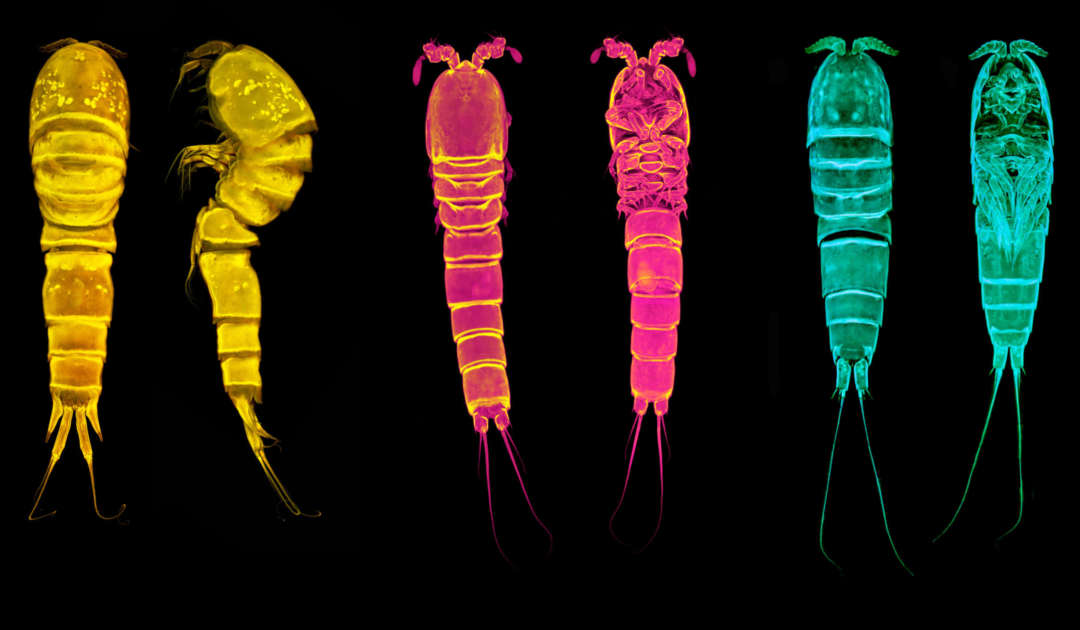Research
Taxonomy and biogeography of Paramesochridae
Paramesochridae
The members of the meiobenthic harpacticoid family Paramesochridae are extremely small crustaceans (Copepoda, Harpacticoida; 0.2 – 0.9 mm). These interstitial animals are cylindrical in shape and are mostly reported from sandy beach ground water, the intertidal and shallow waters. Although some descriptions of deep-sea Paramesochridae exist the genus Kliopsyllus seemed to be restricted to shallow areas. During the deep-sea expeditions carried out under the umbrella of the international Census of the Diversity of Abyssal Marine Life CeDAMar new species of the genus Kliopsyllus were found in 5000 m water depth. This fact is even more astonishing as they form the majority of all Paramesochrid species at the sampled sites.
The species of deep-sea Paramesochridae are rare but extremely widely distributed. Three of the Kliopsyllus-species described by us – Kliopyllus andeep Veit-Köhler, 2004, Kliopsyllus diva Veit-Köhler, 2005 and Kliopsyllus schminkei Veit-Köhler & Drewes, 2009 (from left to right, scale bar 100 µm) – are found in the West-African abyssal plains of the Guinea Basin, the Angola Basin and the Cape Basin (right map). Two species were additionally reported from the Weddell-Sea (left map).
A recent study showed that some of the species of deep-sea Paramesochridae may be cosmopolitan (Gheerardyn und Veit-Köhler 2009).
